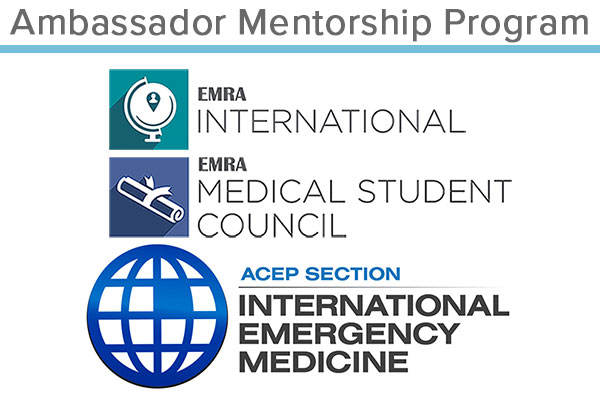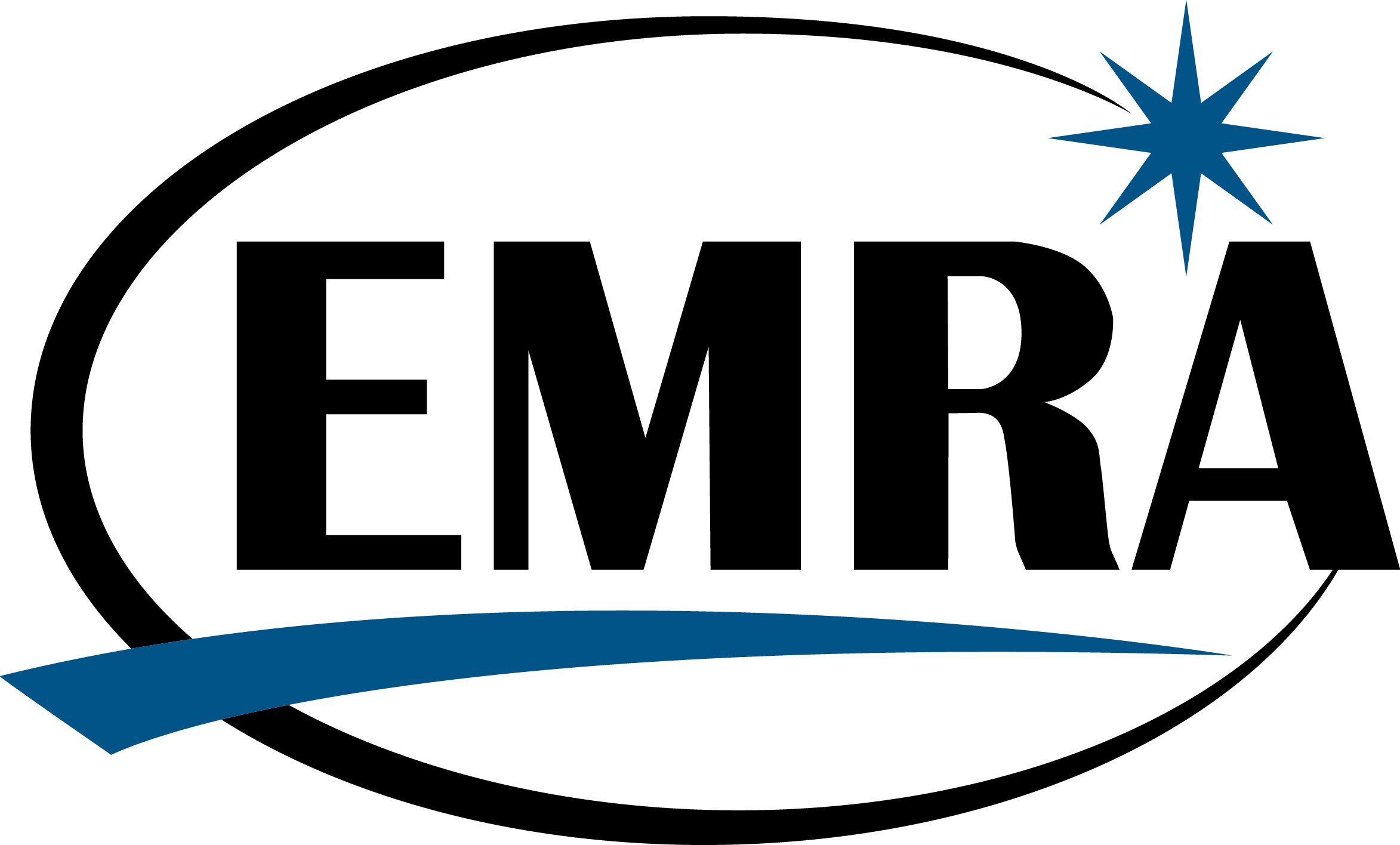US Residents: Discover the World with Emergency Medicine

The International Division connects EMRA to the world, and the world to EMRA. We are your hub of information on contacts, mentorship, projects, rotations, fellowships and beyond.
International EM holds the greatest opportunities to improve care and impact patient lives, thanks to people like YOU!
In the United States alone, there are over 35 fellowship programs, and many US medical students and residents rotate abroad.
Step 1: Ask the Right Questions
What motivates you within IEM? Consider the different core curriculum elements of IEM from this landmark article:
- Systems Development
- Humanitarian Relief
- Disaster Management
- Public Health
- Travel Medicine
- Program Administration
- Academics
EMRA has resident experts and alumni in each of these areas; please reach out to our Division or contact the Division Chair or Vice-Chair.
Step 2: Do the Background Research: EMRA Publications
Read broadly in your areas of interest! The International Division publishes interviews, highlights and guides frequently in EM Resident Magazine.
There is an alphabet soup of international organizations underlying IEM. Consider ACEP's list of International Organizations.
Consider writing and publishing in your area of interest. Don't know what that is? Join the Global EM Literature Review, which annually publishes a review of the best practice-changing articles in IEM. Joining this prestigious group can land you authorship in a respected and highly cited EM article.
Step 3: Find Your People: Mentorship
The heart of the International Division is connecting YOU to the people that will enable you to work in IEM! These sister organizations below are specifically interested in resident leadership.
First stop, get a mentor.
The Global EM Academy (GEMA, an academy of SAEM) is particularly keen on resident involvement, with needs for residents in every one of its subcommittees. Working with GEMA is a fast-track way to land an academic position and get involved with research. Resident members of SAEM can find a mentor using the GEMA mentorship website, where you can browse experts from every geographic and disciplinary area to find your perfect match.
Next stop, ACEP International Section. ACEP's International Ambassador Program is recruiting resident ambassadors, and YOU can be that ambassador to the country of your choice! This is the best close mentoring experience with a senior ACEP member. Contact ACEP International Section to apply.
The International Federation for Emergency Medicine (IFEM) is essentially the United Nations of EM. IFEM is an organization of organizations. While you can't receive individual membership in IFEM, as a member of EMRA, you are eligible to join many IFEM committees and meet an unbelievably international group of experts. In particular, the International Categorisation of EM Websites Task Force is on an ambitious task to catalog and rate every EM-related website in the world and residents are needed to contribute to this landmark initiative. Please contact the EMRA International Division Chair/Vice-Chair for more information.
Step 4: Dive In: Rotations & Fellowships
Start by considering an IEM rotation in residency. The easiest rotations are typically those offered through your institution. If you have a particular country or area of interest, contact your ACEP Ambassador to that country or the ACEP International Relations Manager via email to be placed in contact with the ACEP Ambassador from your country of interest.
Ready for more? You may want to consider an IEM fellowship.
The International Emergency Medicine Fellowship Consortium (IEMFC) has developed a central website for IEM fellowship information and applications. See the entire list of IEM fellowships.
What is an IEM fellowship?
The IEM fellowship is designed to provide academic training for EM physicians who intend to have international medicine as a career focus. IEM fellowship training emphasizes the development of clinical, research, leadership, and teaching skills. IEM fellowships are one to two years in length with most two-year programs offering an MPH degree. Typically, a fellow spends six months abroad during the course of a two-year fellowship, and the remaining time is spent at the home institution performing academic and clinical duties.
Know Before You Go: Planning for an International Rotation
Useful checklists and additional resources to help you plan for an international rotation.
Other International Emergency Medicine Opportunities
-
International Projects Map from IEM Fellowships Consortium
-
ACEP International Opportunity Database
-
Interested in International Emergency Medicine, read this article
-
Yale/Stanford Johnson & Johnson Global Health Scholars Program
-
Emergency Care in Ghana and Rwanda (sidHARTe)
-
International EM Ghana Rotation (sidHARTe) Brochure (PDF)
-
University Of Botswana Resident Elective in Emergency Medicine (PDF)
-
Project Medishare in Haiti
-
PACE Med-Spanish
-
Global Emergency Care Collaborative (GECC)
-
List of Organizations that often have IEM rotation opportunities
-
Multidisciplinary International Research Training (MIRT) Program
-
American Medical Student Directory Association (AMSA): International Health Opportunities
-
International Medical Volunteers Association
Related Content

May 04, 2020
Global Emergency Medicine Student Leadership Program (GEMS LP)
This mentorship program emerged from EMRA’s student members’ desire for mentorship in global emergency medicine. During the ACEP International Ambassador Conference in 2017, EMRA proposed a mentorship program matching International ACEP Ambassadors with medical students interested in global emergency medicine.





